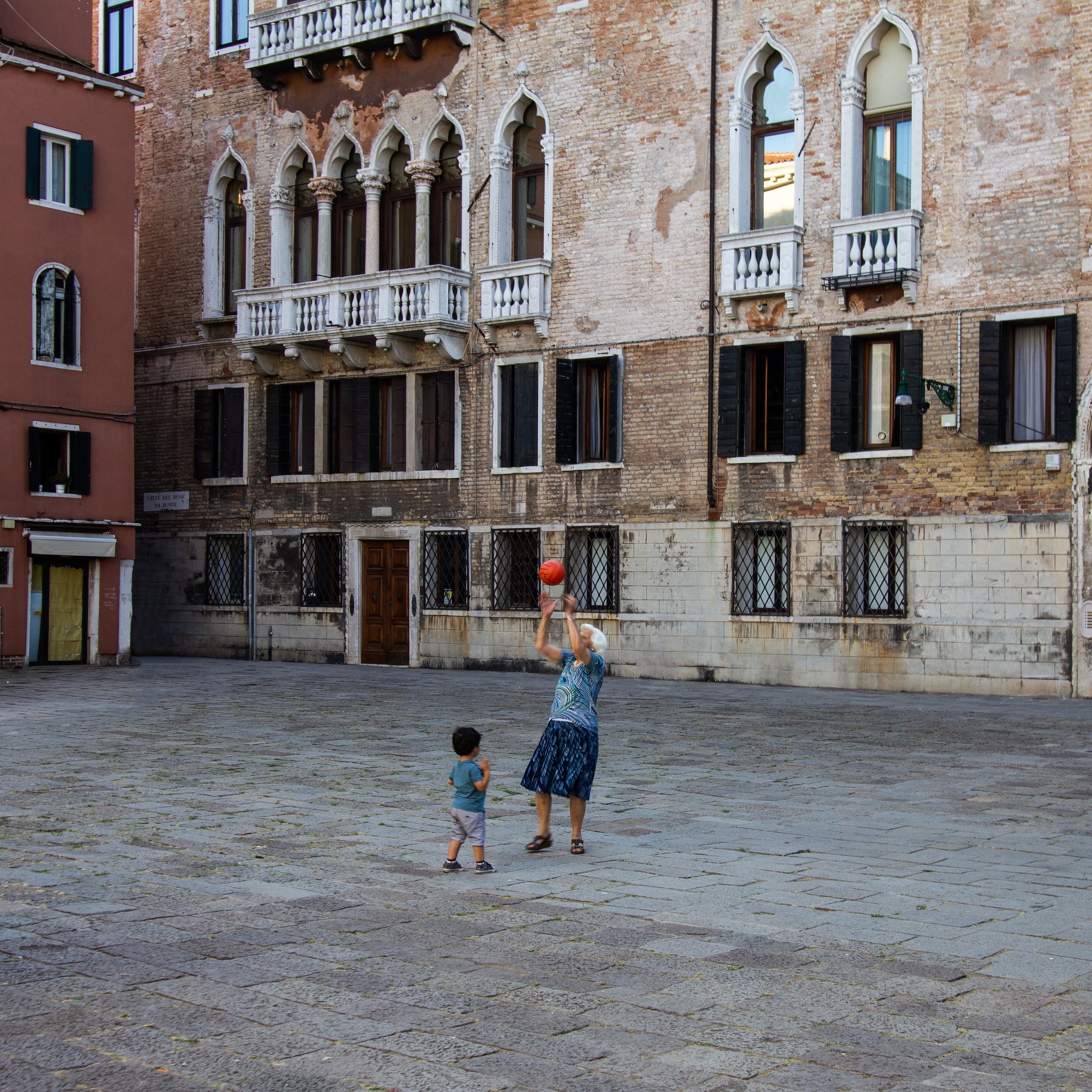In 2008 my parents approached me and told me I should consider buying a home. I was 21 and thought, “Surely people don’t buy homes until they are in their 30s.” My parents said, “Trust us. You will thank us later.” So, I scrounged out a down payment and bought a home. The housing market had crashed so it was a good time to buy, but it was hard.
Shortly after that, I came to faith in Jesus, left the family business, and became a ministry intern. At one point, I found myself working three jobs to make ends meet. It was brutal. Sometimes I wondered why my parents put me in this situation.
But 14 years in with a growing economy, I’ve built equity within my home that has been generous to me and will continue to be generous to me for years and years to come. Buying that home early proved to be hard, but worth it.
My home has become a place of spiritual milestones for me and my family. I’ve seen my children walk for the first time; talk for the first time. We’ve had college students and young adults sit on our couches as we edify them in Jesus. Friends, that cost me, but the ROI has been worth that initial cost.
We’re not getting any younger and the cost is getting higher
We’re living in a day in age where we must invest no matter the cost. It will hurt, but it is worth it. Studies have shown that the church is getting older, not younger. Fewer and fewer ministry leaders are being made and it doesn’t look like its changing based on trends:
In 1992 the median age for a Protestant pastor was 44.
Eight years later, in 2000, the median age rose to 50.
As of recent, in 2021, the median age rose to 57.
Church leaders are getting older, not younger.
It’s not just pastors who are aging, it is also the congregants. One study says that 42% of congregants in mainline Protestants churches are at least half 65 and older.
The Protestant church is not getting any younger, and that’s a problem.
I do think there is a solution to this problem, but it doesn’t come overnight and it will take an investment.
Church planting is the best and healthiest method
I believe in established churches and I believe in supporting and strengthening established churches. I think established churches can reach, develop, and send the next generation. At one point in time, every established church was a church plant. For the most part, church plants rely on a core role of the church, which can get lost in an established church: evangelism. I have witnessed many established churches do evangelism well. However, too often I have seen churches who have become established and then settle into managing church programs rather than getting into the community. Church planting forces the body to reach people, because if it doesn’t, then it ceases to exist. It’s pretty simple.
When we plant more churches we reach more people.
In Texas alone, we cannot rest on only supporting what we have. We have to plant and we need to do it exponentially. If statistics are true, in 2021, over 1,500 people moved to Texas each day. Texas needs to plant a megachurch every day to keep up with the pace of the population.
Church planting is not an option, or a fad, it is necessary.
Let’s hone in a little bit further. Not only do we need church planting, but we need collegiate church planting.
Our focus needs to be on the college campus
I define a collegiate church plant as a church that plants in a collegiate context that invests in college students as a top emphasis of the church. In a collegiate church plant, typically college students make up 40% or more of the entire congregation. To be clear, the community around a collegiate church plant is not neglected. Being a collegiate church plant means that a church has a strategic focus on college students, typically because they see students as the most strategic people for disciple-making and multiplication.
How college students are the most strategic people for disciple-making and multiplication
- They are leaders. Academically, they are in the top 1% of the world.
- They are moldable. Their worldview isn’t quite concrete, it’s still forming. They are interested in new ideas and being shaped by them.
- They are influential. Students tend to live in packs, transferring information and values easily.
- They are sendable. In most cases, students intend to leave their college town.
- They are diverse. College campuses not only attract local people, but they attract students from all around the nation and the world from all backgrounds.
College campuses are a reflection of our future. In the next 20 years, college students will be running our businesses, government, hospitals, and churches — if not sooner. Heck, many of them are already gaining more influence than many of us have ever dreamed of as an online influencer. Many of them are reaching more people than Billy Graham ever did. If we want to change our local churches, our nation, and this world, let’s start with the college campus.
We need to define a new normal for college students
In Meg Jay’s book Defining Decade, she says that what happens to a person in their 20s sets the trajectory of the rest of their life. They are forming normal. I want to challenge you, what vision of normal does your church cast to college students? Does that normal change the spiritual fabric of your campus and town?
What if normal for college students became advancing the gospel to campuses all over our nation, and establish disciple-making, multiplying churches? What if normal for students became gospel advancement? That might change the world. I believe that this is the way we can change the trajectory of an aging protestant church and change the world with the next generation.
Where collegiate church planting is happening
God has and is continuing to raise churches and networks that are changing normal. This is not a new idea, but I hope it becomes more widely accepted and implemented. Here are just a few:
Resonate Church – They love the college campus, and truly believe that it is the engine of their movement. We desire to see college students transformed by Jesus to be good news to their campus. They have planted 15 different churches in 6 different states.
The Salt Network – There are over 400 major university campuses in North America. In the next 20 years, The Salt Network is resolved to see a vibrant church planted in each one of these strategic university centers. So far they have 21 established plants with 6 more upcoming.
Gracepoint Church – They started decades ago in Berkeley, CA as a local church reaching college students, and now, we have become a collegiate church-planting network with the dream of “an Acts 2 church in every college town.”
Redeemer Church – Although Redeemer has planted over 20 churches in their short lifespan, in the last few years they have strategically focused on planting in college contexts.
What’s next for churches
Take a second to explore these churches and see what they are doing. Read their stories and watch their videos.
My prayer is that God would raise up more church planting networks, reach more students, develop more students, and plant more churches so that we would see a thriving church in our nation and around the globe.






